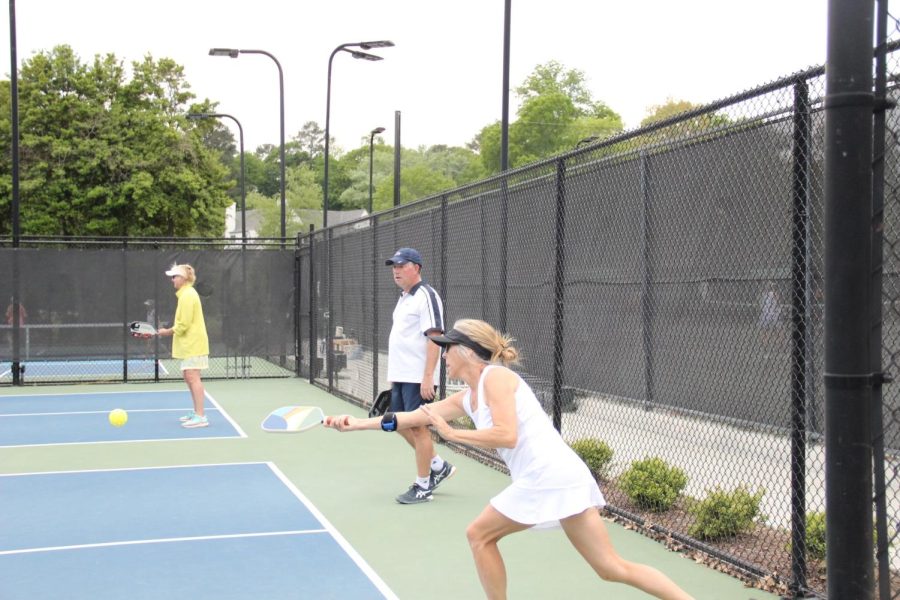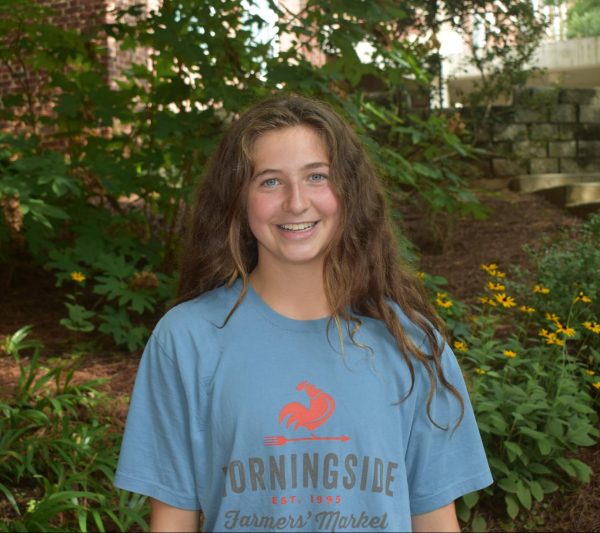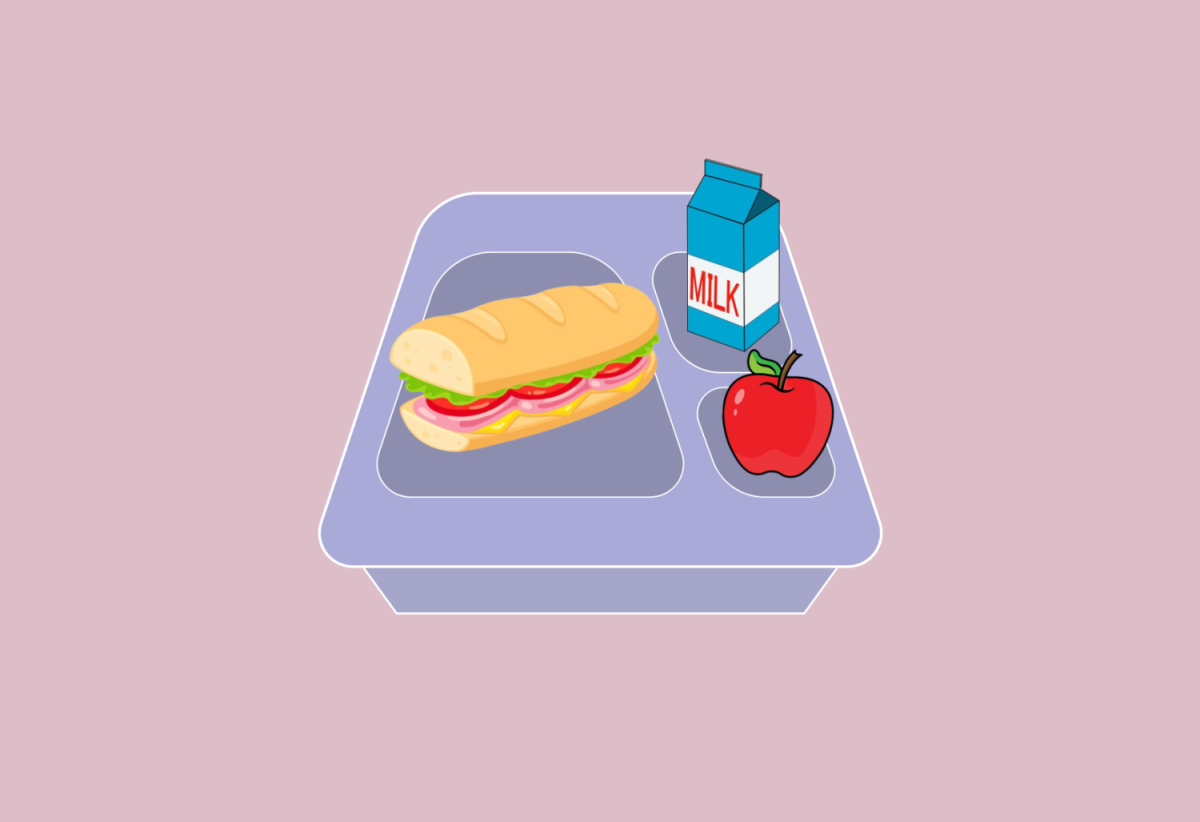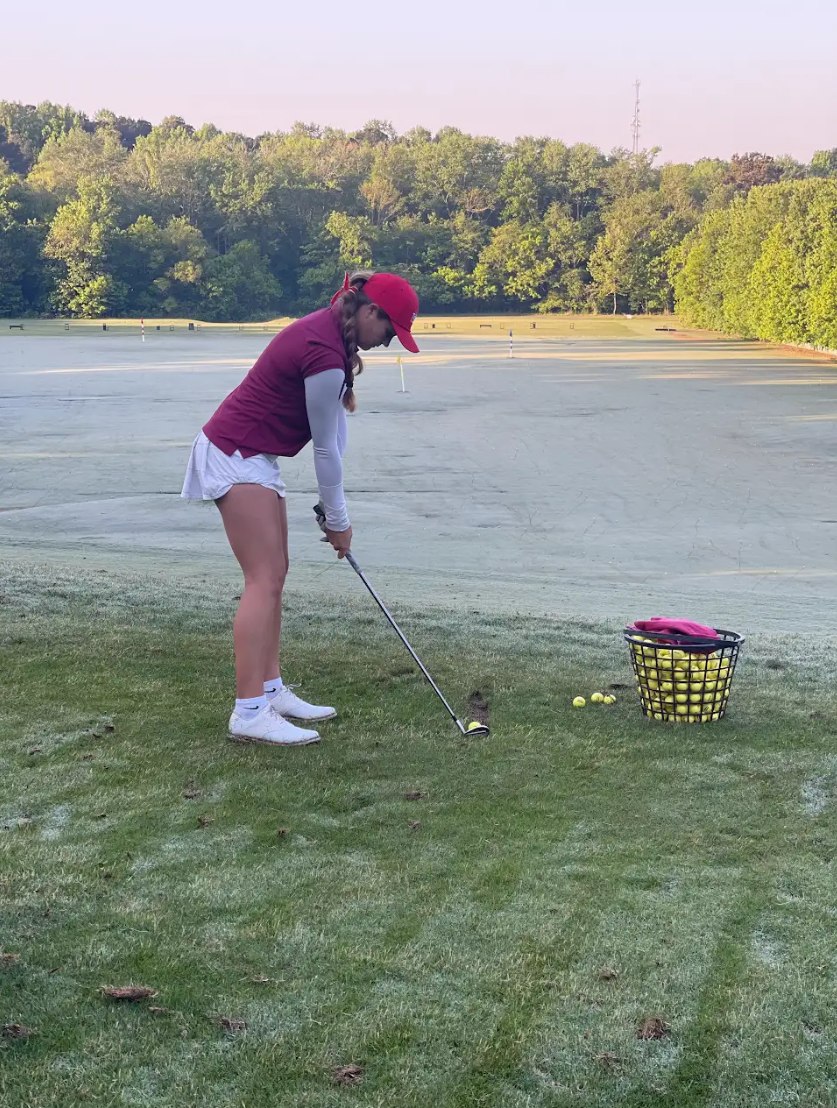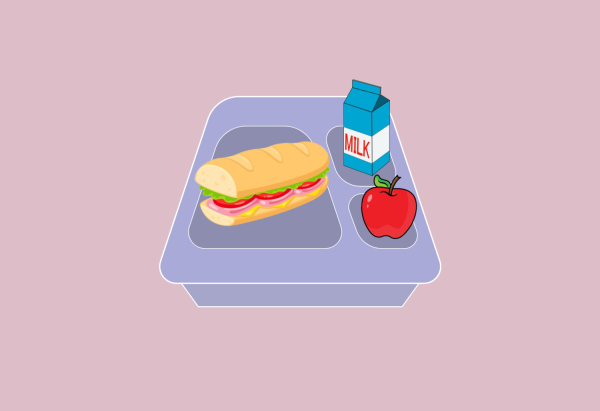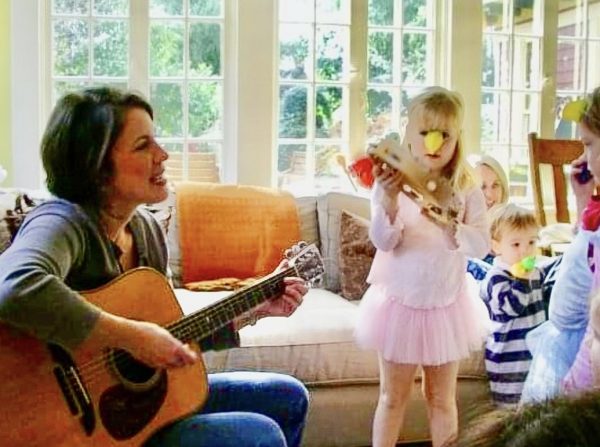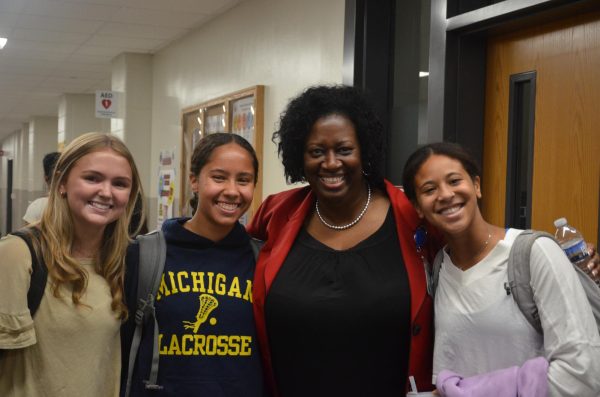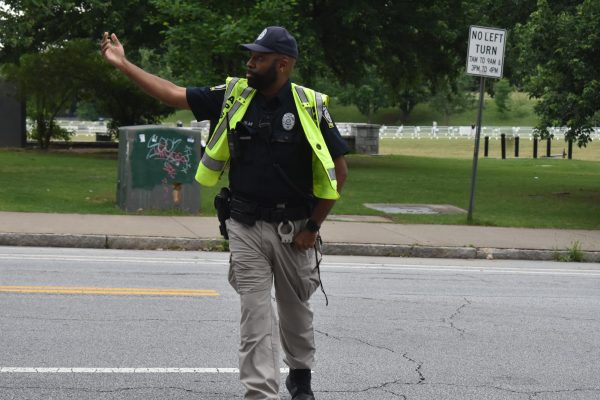Pickleball becomes popular in Midtown community
Pickleball players competing at Ansley Golf Club in a tournament for charity.
October 20, 2022
Pickleball is the fastest growing sport in the United States, with 48.8 million players nationwide, an increase of around 40% from two years ago.
Pickleball is a sport very similar to tennis, but pickleball courts are smaller, and the games are shorter. Pickleball is played with paddles and a baseball-sized wiffle ball.
“Pickleball doesn’t require a lot [from] someone,” Midtown physical education and health teacher Sandi Stein said. “It’s not restricted to who can and can’t play. With the pandemic, when families wanted to be active, they could play pickleball with their whole family-their kids, their grandparents-everyone could play.”
Pickleball was created in 1965, but over recent years the number of pickleball players has started to increase rapidly. The Piedmont Park group alone has increased to around 500 members.
“It’s grown enormously,” leader of Piedmont Park’s pickleball group Tim Ball said. “At Piedmont Park, every time somebody walks by the court, when we’re playing, they stop and say, ‘what is that,’ and we invite them to play with us, growing the pickleball community”
Eileen Poss, parent of two Midtown alumni, enjoys how simple pickleball is to learn.
“I’ve played tennis before, so I am a racquet sports person,” Poss said. “The pickleball community is very inviting. The woman who taught me was more than happy to give me paddles and teach us how to play and just made it a very easy entry to learn how to play.”
Ball enjoys the amount of people in the community he has met through the game.
“Pickleball is a community game, and I like it because I’ve just met so many good people that live around the park,” Ball said. “More than the sports part of it, it’s meeting new people and the social part of it, meeting new friends.”
Poss enjoys the freedom and creativity of pickleball that tennis doesn’t have.
“You can go to Piedmont Park and play in a pickup game of pickleball,” Poss said. “You can show up, and you can play, tennis on the other hand there isn’t a pickup element to it, you have to have a match scheduled, or you have drills that you’re going to pay to go do; but, you can’t just easily show up at a court and expect to play a tennis match, like how you could play a pickleball match.”
Pickleball has different levels of competition; there are local pickleball matches and tournaments, but there is also a national level where Stein competes.
“I’ve played in the US open for pickleball,” Stein said. “Even though you don’t have to qualify, you have to have a certain level of ability to play in it.”
Many tennis players, including Stein, Ball and Poss transitioned from tennis to pickleball to have a less intense activity.
“I had both of my knees replaced, and tennis was just too hard and [pickleball] just allowed me the freedom to be competitive and start playing again,” Stein said. “It was my therapy.”
Ball said in addition to older generations, many teens have learned to love the game.
“I’ll be 76 this month in September,” Ball said. “I play with teenagers, so it’s just a very diverse group.”
Both Stein and freshman Grady Richman believe there should be a pickleball club at Midtown.
“I think that for the younger generation, [pickleball] could be huge,” Stein said. “It’s another career path, and players like Lea Jansen have earned sponsorships by playing pickleball.”
Richman expresses interest in joining a pickleball club if it was offered at Midtown.
“If there were to be a pickleball club at Midtown, I would most definitely join it since pickleball is a fun sport,” Richman said. “I play pickleball because it’s fun, and it’s not as high-energy as tennis, you don’t have to move around as much.”
Because of the open and inclusive community Pickleball has established, it draws in different types of crowds, allowing it to grow at a high rate.
“I think the social aspect is a big part of it,” Ball said. “That’s what makes it different from tennis or a lot of other sports. I might play with five, six, or seven different partners. You just get to meet a lot of different people.”

